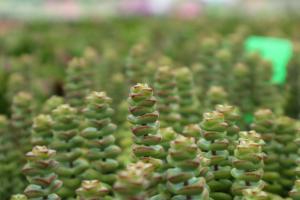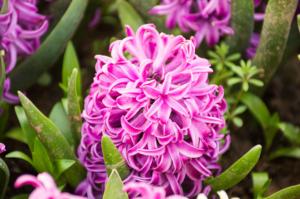A Rubber Tree Plant Song
There's a tree that grows tall and strong,
With leaves that shine and branches long,
A tree that gives and never takes,
It's the rubber tree plant, for goodness sake!
The Origins of the Rubber Tree Plant:
The rubber tree plant, also known as Hevea brasiliensis, is native to the Amazon rainforest in South America. It was first discovered by the indigenous tribes of the region, who used the sap to waterproof their clothing and make hunting weapons. In the 19th century, Europe and the United States began to import rubber from South America, leading to a surge in demand for the rubber tree plant. In the early 20th century, the cultivation of rubber trees was introduced to Southeast Asia, where it has thrived ever since.
The Properties of the Rubber Tree Plant:
The rubber tree plant is known for its exceptional rubber-producing properties. The sap, known as latex, is collected from the bark of the tree and can be processed into a wide range of rubber products. Additionally, the rubber tree plant has a number of other beneficial qualities. It helps to purify the air, making it a popular houseplant, and can also be used to produce natural insecticides and herbicides.
The Importance of the Rubber Tree Plant in Industry:
The rubber tree plant has played a vital role in a wide range of industries, from transportation to medicine. One of the most significant uses of rubber is in the tire industry, where it is a key component of the tires that allow cars and trucks to travel long distances. Additionally, rubber is used to make a variety of medical products, including gloves, catheters, and tubing. The rubber tree plant has also been crucial in the creation of countless other products, such as latex mattresses, rubber bands, and shoe soles.
The Future of the Rubber Tree Plant:
As demand for rubber continues to grow, so too does the importance of the rubber tree plant. However, the cultivation of rubber trees has a number of environmental challenges that need to be addressed. The clearing of forests to make way for rubber plantations has led to deforestation and habitat loss for a number of species. Additionally, the intensive use of fertilizers and other chemicals has polluted local water sources. To ensure the continued vitality of the rubber tree plant, it is important that we find new ways to cultivate rubber that are both sustainable and environmentally responsible.
The Beauty and Value of the Rubber Tree Plant:
Beyond its practical uses, the rubber tree plant is also a beautiful and valuable addition to any home or garden. Its glossy, dark green leaves add an element of elegance to any space, and its resilience and durability make it a fantastic plant to care for. As we continue to learn more about the importance of sustainability and environmental responsibility, we can appreciate the unique and complex value of the rubber tree plant in both our lives and our world.

 how many times do yo...
how many times do yo... how many planted tre...
how many planted tre... how many pine trees ...
how many pine trees ... how many pecan trees...
how many pecan trees... how many plants comp...
how many plants comp... how many plants can ...
how many plants can ... how many plants and ...
how many plants and ... how many pepper plan...
how many pepper plan...































